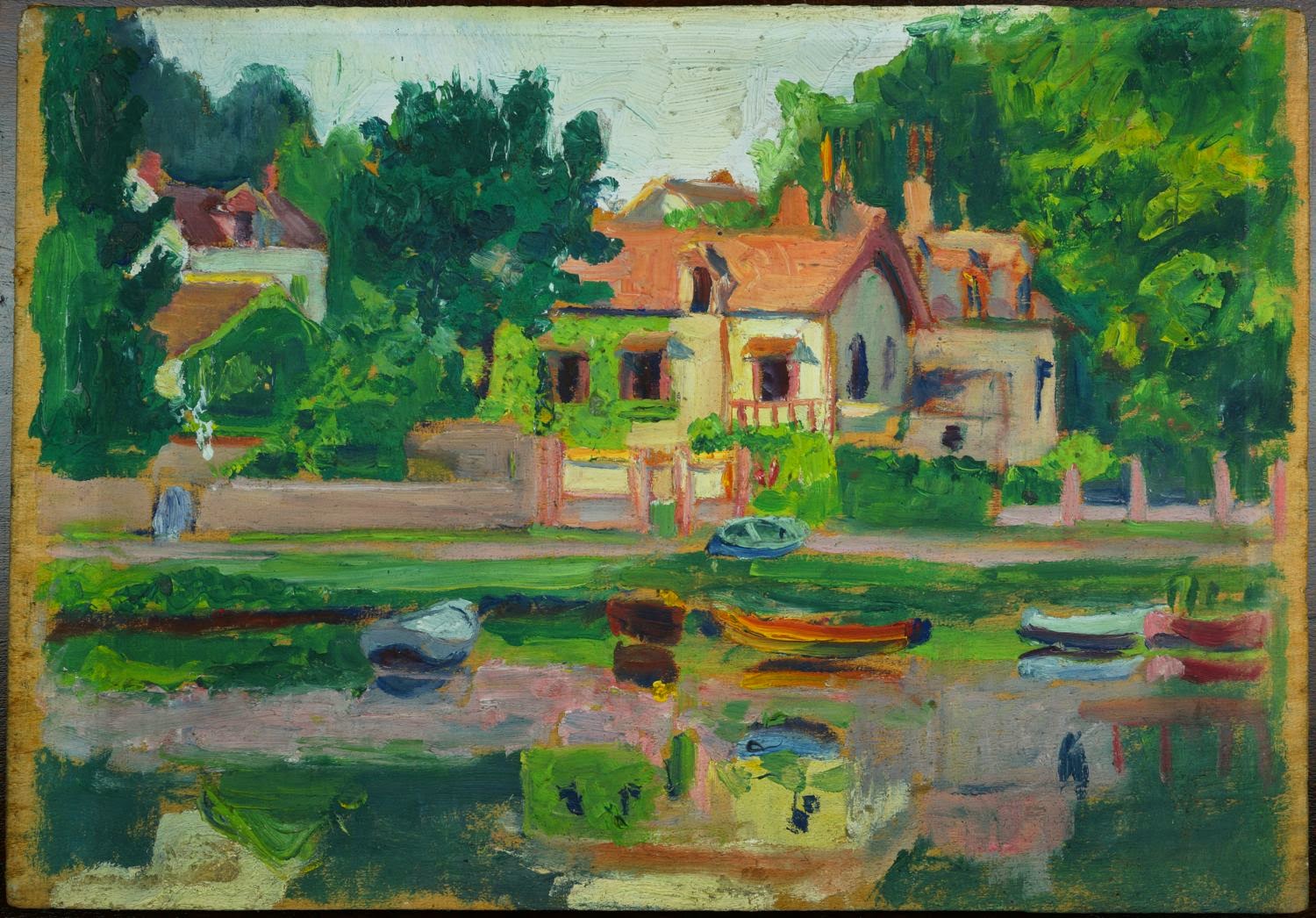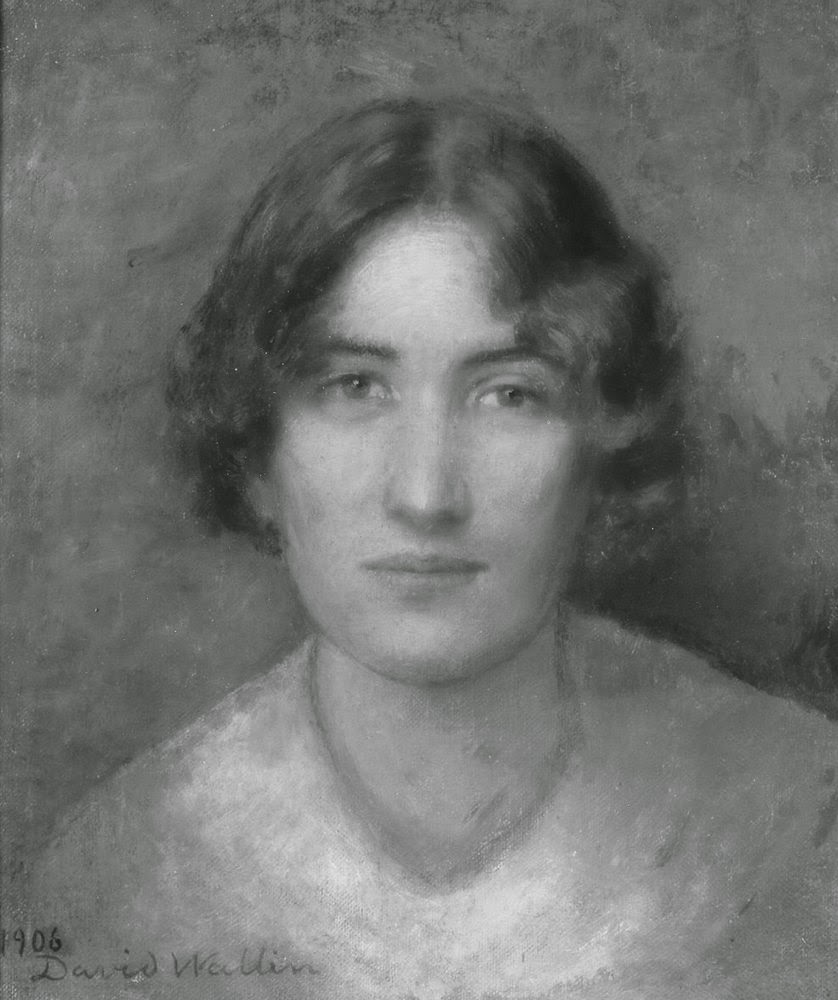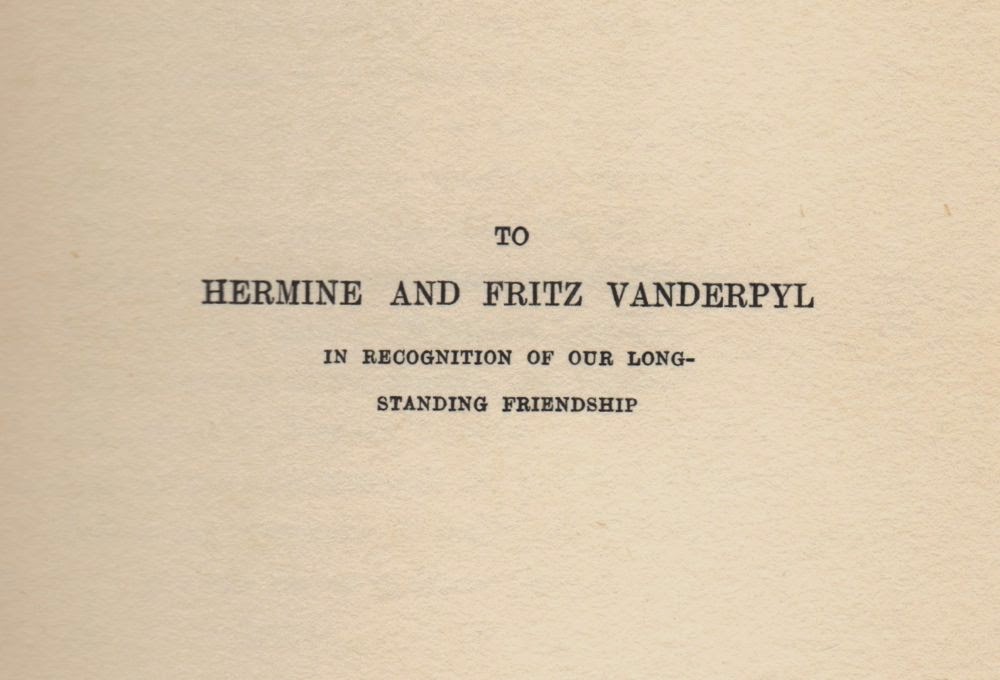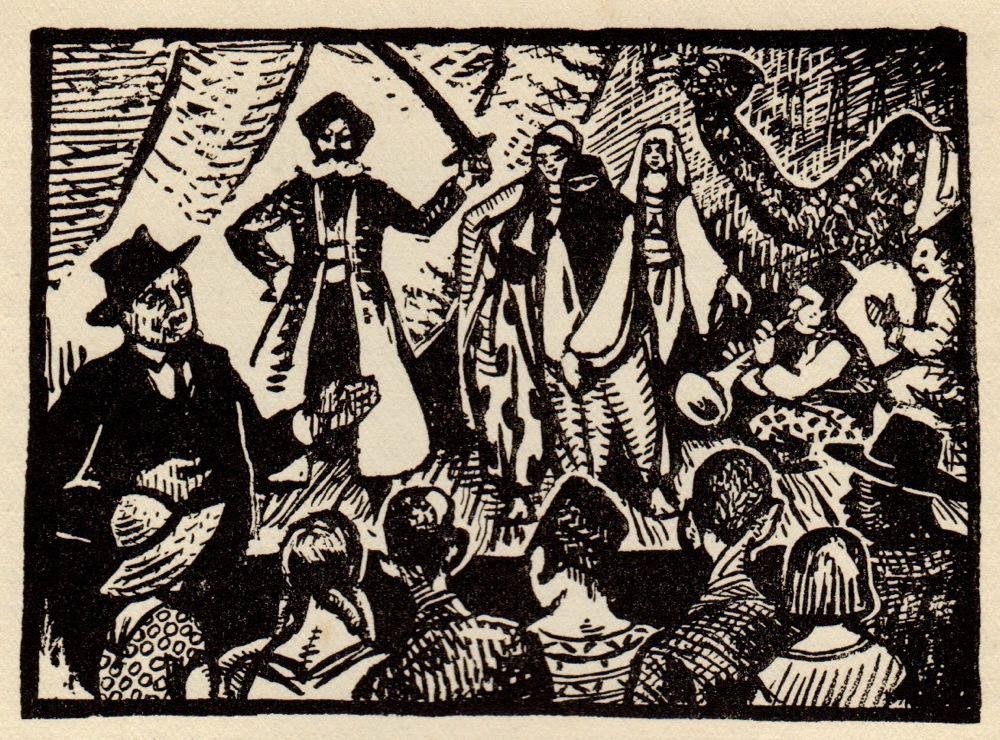Jan and Cora Gordon with Andre Salmon in pre-WW1 Paris

An evocative reminiscence by Jan Gordon in " Three lands on Three Wheels " refers to the "Closerie des Lilas where before the War we used to make merry on Tuesday nights with Paul Fort , André Salmon, Picasso and all the lights and lesser lights of the Modern Art Movement." Jan Gordon describes André Salmon (1881-1969) on one of these evenings as follows: " S-, with the unconscious poise of a Nijinsky, waving long, lean hands with incredible grace, led the choruses. " Francis Carco in "The Last Bohemia" (1928) wrote: " We admired André Salmon; he was celebrated. Poet, writer, art critic, his gifts awed us. As for his clothes, cut out of material with large checks, and his small hat perched on top of his head, no one could wear them as he did. They were part of his esthetic baggage, his programme, his own idea, and beside Paul Fort, dressed all in black, they opposed the theory of free verse, and other uncommon rhythms. That was obvio...





